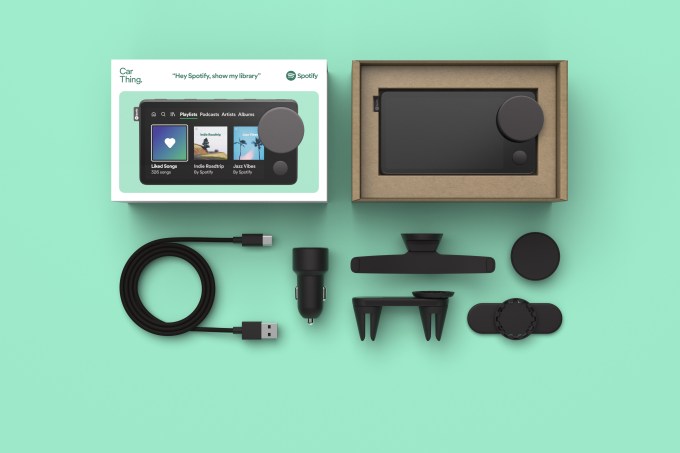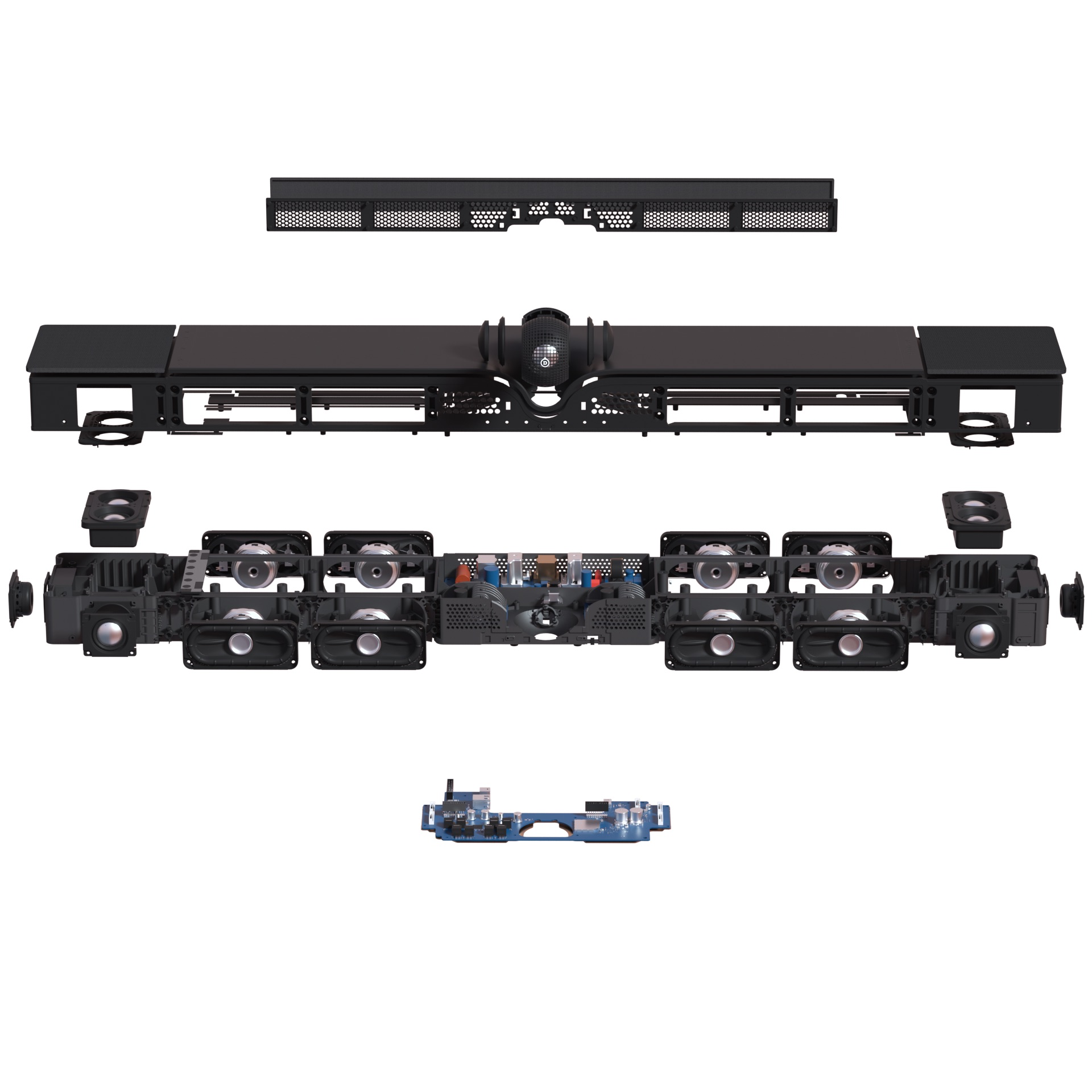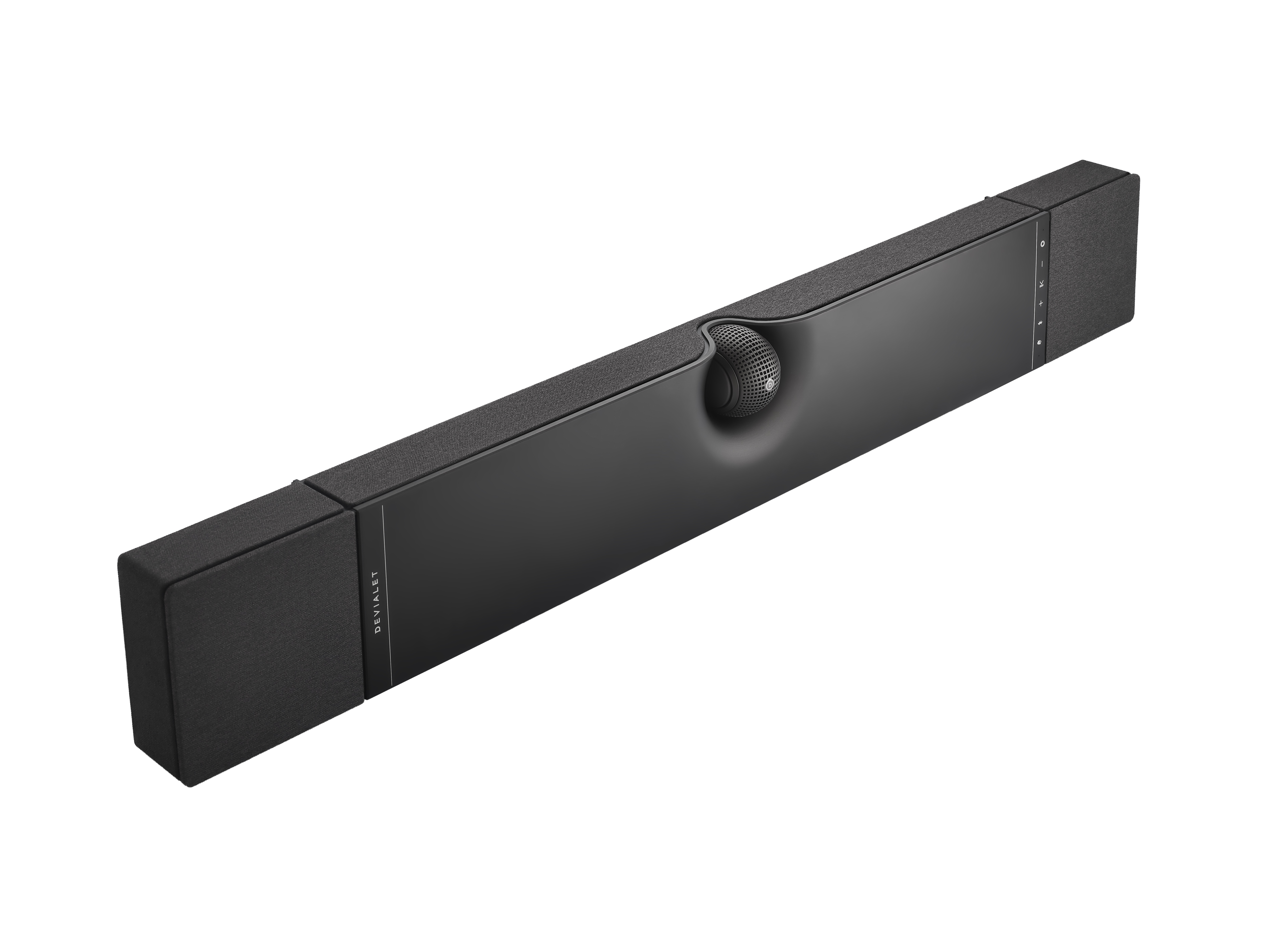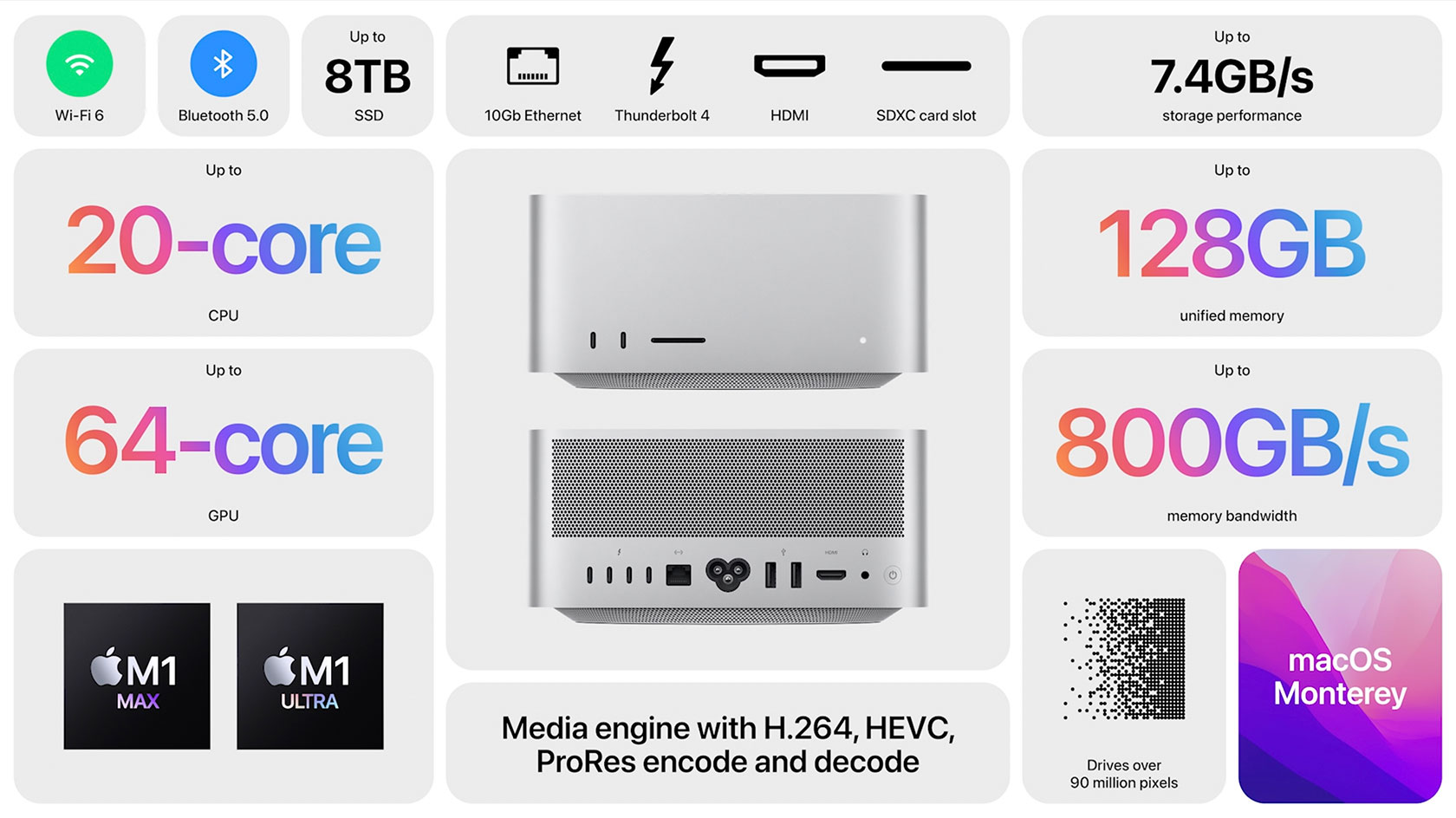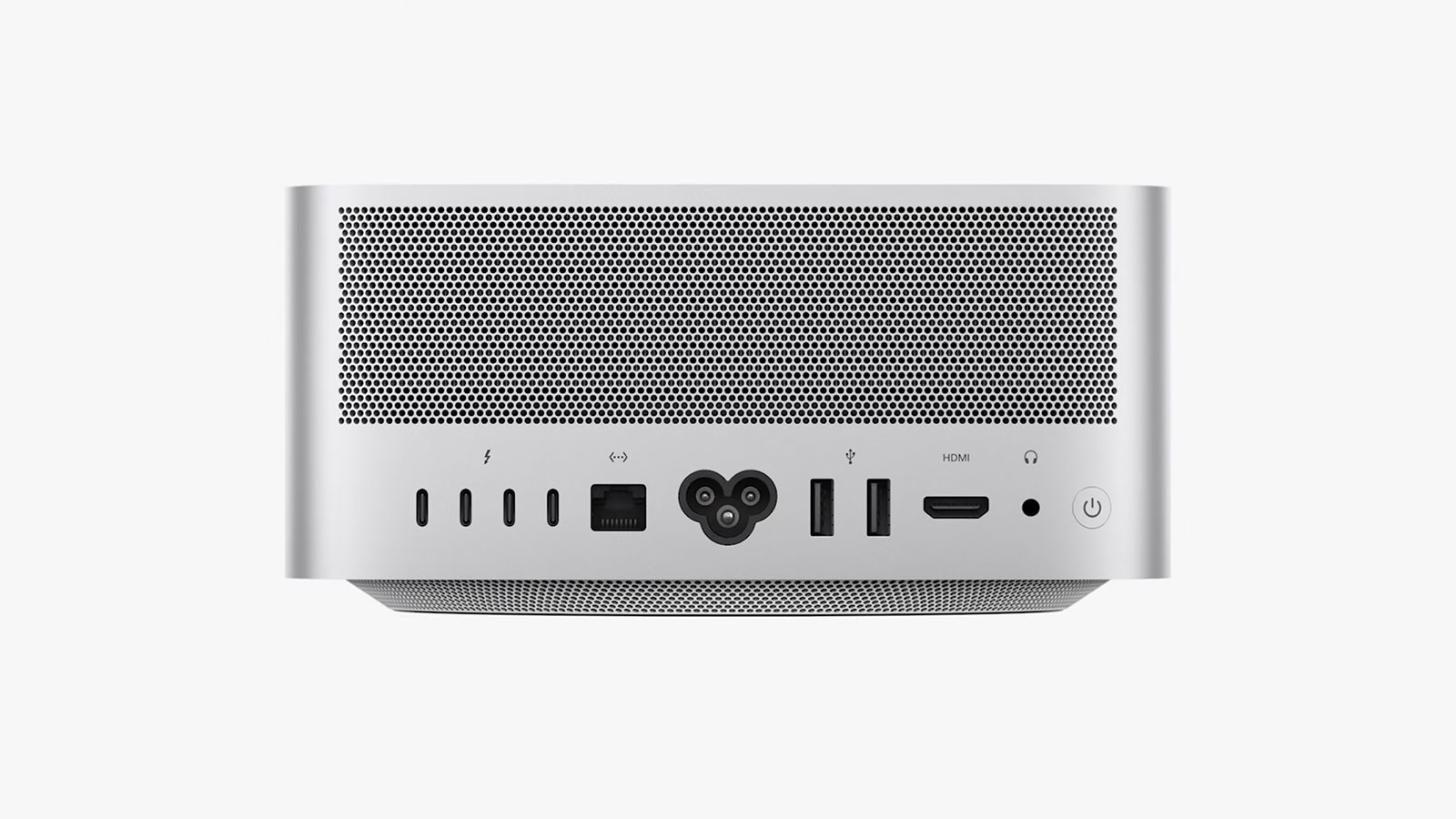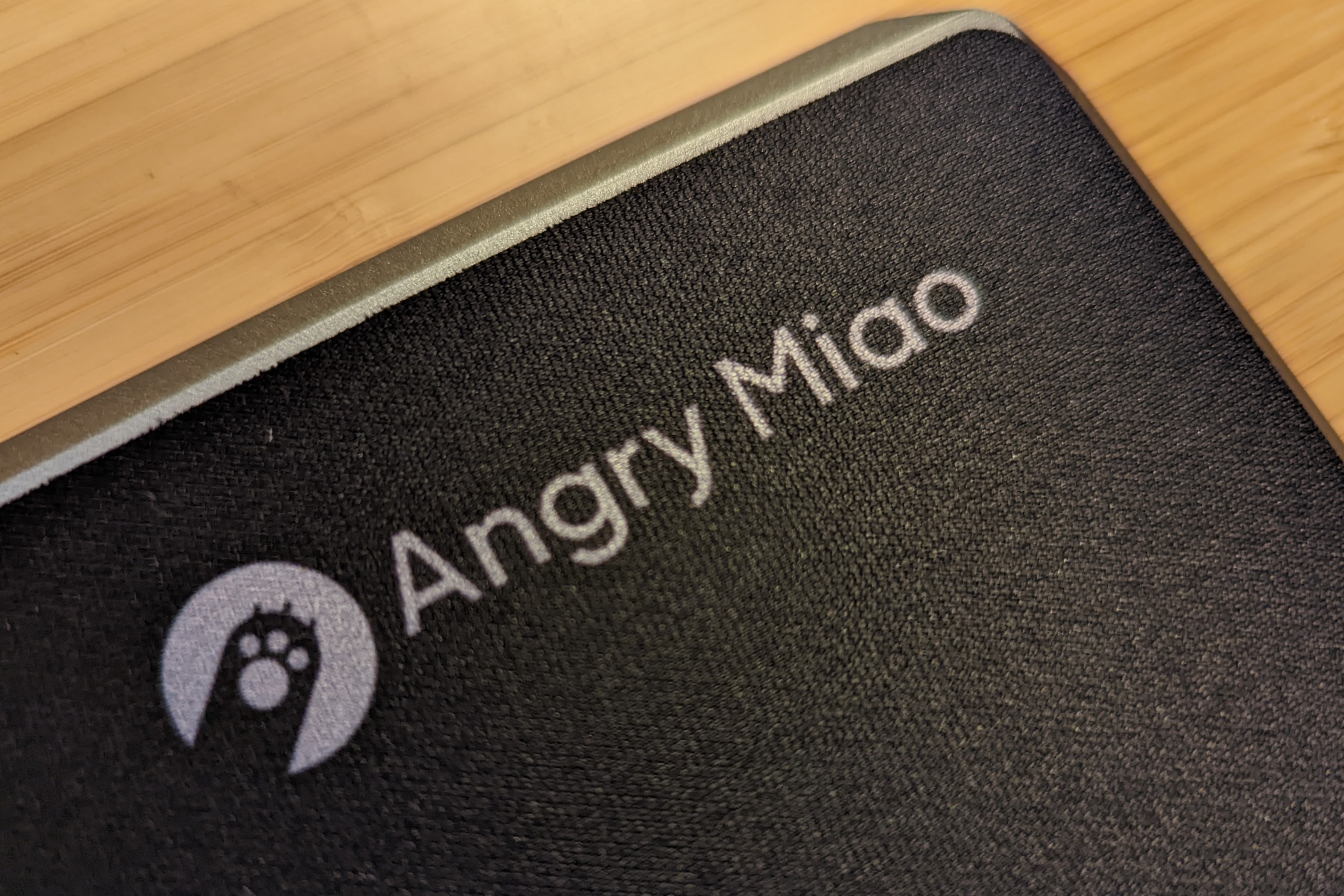Hardware, as the saying goes, is hard; but there remains an opportunity for startups that focus on specific niches to build viable businesses. In the latest example, reMarkable, the Oslo, Norway-based maker of a simple and slick $299 e-paper tablet of the same name, says that it has passed 1 million devices sold since 2017 and recently raised money at a $1 billion valuation after making revenues of $300 million and operating profits of $31 million in 2021.
Founder and CEO Magnus Wanberg said reMarkable is not disclosing the amount of the investment, nor who was involved, except to say that it’s a minority stake in the company and that it came from multiple international (not Norwegian) investors. The company employs 300+ people and Wanberg says it is still “majority employee owned.”
“Nothing’s fishy but we’re keeping it confidential,” he said when I asked why the reticence on the investment. He noted that while the deal was made last year, the startup is disclosing it now as “a good indication, a signal out to the world” of how the company is doing. “This is just sprinkles for us,” he said more than once during our interview.
Spark, which led a $15 million investment into the company in 2019 (when it had sold a mere 100,000 devices), remains a shareholder in the company, Wanberg added. And it seems that the startup is open to raising more to invest in growth (perhaps another reason for speaking about its latest investment now).
reMarkable’s growth and milestone investment are remarkable (sorry had to do it) in themselves, but what is also interesting is to consider why and how a company like reMarkable is finding traction.
A large number of consumers definitely do not seem to mind being very online, but there is definitely a seam of users looking for ways to use new technology that doesn’t at the same time spell being locked into the litany of pings and distractions that come with so much connected technology today. And increasingly we are seeing companies building for that seam of users. reMarkable is one of them. Wanberg believes that this company’s success to date is due in large part to the focus it has on “focus.”
“The future of the tablet as we see it is in the direction that Apple and others are heading, a fusion of laptop and tablet forms,” which complements how people also use smartphones, he said in an interview. “But our offering is a third device, a focussed space for books, drawing and notes, where you can really avoid distractions and procrastination. That is our positioning.”
Even its small concessions to aesthetics — the sound and feel of reMarkable’s pen on its screen are more akin to a writing utensil moving across paper than a stylus gliding on the glass of your iPad — feel in aid of trying to help people forget they are using a piece of electronics.
The company’s business model was originally banked around selling hardware, which today is used by “hundreds of thousands” of active users. The company’s reMarkable 2 model, launched in 2020 as the Covid-19 outbreak went global, really rode the wave of more people doing more things at home and trying to find more nuanced uses for their quiet time.
But in October of last year reMarkable made a bet on aligning itself closer with that idea of focus, launching a subscription service called Connect.
While others like Apple have also built out recurring services businesses based around its hardware, this was an especially important milestone for reMarkable, which has only released two devices since being founded in 2013 and touts that you do not need to buy a new device for at least 10 years when you buy one.
Billed monthly in two tiers (normal at $7.99/month and “lite” at $4.99/month), Connect is how the startup plans to make a substantial part of its money going forward (indeed, when I asked it declined to give any projections for device sales for 2022). Among its features, Connect provides continuous software updates; cloud storage; connectivity with Dropbox, Google Drive and One Drive if you want it; an extended warranty for the tablet; handwriting conversion; screen sharing and a feature to send by email — in other words, a few features to get information into and out of your reMarkable tablet, but otherwise nothing especially real-time and dynamic.
In this way, even though it calls itself a tablet, the reMarkable is more like an e-reader, Wanberg said.
“With an E-reader and you own and use it for quite a long time,” he explained. “In our business, it’s not a new-model-every-year dynamic. There is no emphasis on new model ownership. We don’t want to force our company to slap on some iteration for the sake of it. There is true innovation, major steps in terms of what we can offer the customer. We also think it’s great from a sustainability perspective [to move away from] pushing out new hardware.”
Wanberg didn’t disclose how many have adopted Connect so far, only noting that so far it has had a “great response” as reMarkable “tries to prove to customers that we can serve them on a running basis.” Given that Connect only launched in October of last year, it may be too early to tell. Its $31 million operating profit in 2021 was more than triple its profit in 2020 ($10 million), but reMarkable noted that this was “driven largely by sales of its latest paper tablet.”
|
|
2021 |
2020 |
2019 |
|
Revenue* |
$303 million |
$138 million |
$42 million |
|
EBITDA* |
$31 million |
$10 million |
$-3 million |
|
Annual growth |
120% |
229% |
69% |
*Converted from NOK to USD with rate as of 31.12.21 according to The Central Bank of Norway – 8,8194

